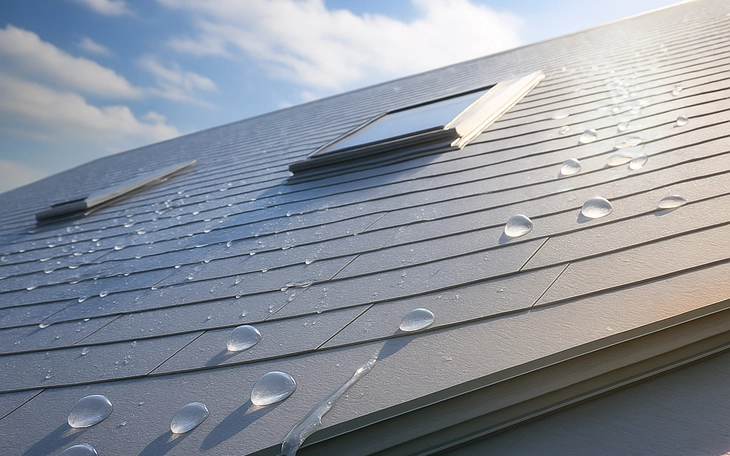
The research team has created a porous polymer coating that can reflect up to 97% of sunlight and repel heat from the material's surface - Illustration: scimex.org
Researchers at the University of Sydney (Australia) and start-up company Dewpoint Innovations have successfully developed a paint-like coating material that can automatically cool buildings and collect water vapor directly from the air without any input energy source.
The invention is expected to help solve global water scarcity and support cooling of buildings, thereby reducing dependence on energy-consuming cooling systems.
The research, published in the German journal Advanced Functional Materials and led by Professor Chiara Neto from the University of Sydney’s Nano Institute and School of Chemistry, has created a porous polymer coating that can reflect up to 97% of sunlight and draw heat away from the surface of the material itself. This process helps keep the surface of the material 6 degrees Celsius cooler than the surrounding environment, even in direct sunlight.
According to Professor Neto, this low temperature creates ideal conditions for water vapor in the air to condense into droplets on surfaces, similar to the phenomenon of "condensation on a bathroom mirror".
During a six-month study on the roof of the Sydney Nano Science Centre, the team recorded fog harvesting 32% of the year, suggesting the material could provide a sustainable water source and ensure a steady supply even when there is no rain.
Under optimal conditions, the material can produce 390ml of water/ m2 /day, meaning that a 12m2 surface could provide enough drinking water per year for one person's needs.
The study demonstrated the possibility of successfully integrating passive cooling technology and atmospheric water vapor collection into paint-like materials, paving the way for large-scale application.
With the expansion of application methods, this coating material can be flexibly applied in many fields such as providing water for livestock, farming, mist cooling or serving hydrogen production - a process that requires about 9 liters of water per kilogram during electrolysis.
During outdoor testing, the team recorded cooling data and water volume collected every minute, confirming the material's consistent performance even under the harsh Australian sun.
To commercialize the invention, Dewpoint Innovations is developing a water-based paint formulation that can be applied with a roller or a conventional sprayer. CEO Perzaan Mehta said the new technology will help transform rooftops and infrastructure in remote areas into reliable sources of clean water, helping to address a pressing challenge of our time.
Source: https://tuoitre.vn/doc-la-loai-son-tu-lam-mat-nha-va-vat-nuoc-tu-khong-khi-20251103211544706.htm





![[Photo] Closing of the 14th Conference of the 13th Party Central Committee](https://vphoto.vietnam.vn/thumb/1200x675/vietnam/resource/IMAGE/2025/11/06/1762404919012_a1-bnd-5975-5183-jpg.webp)

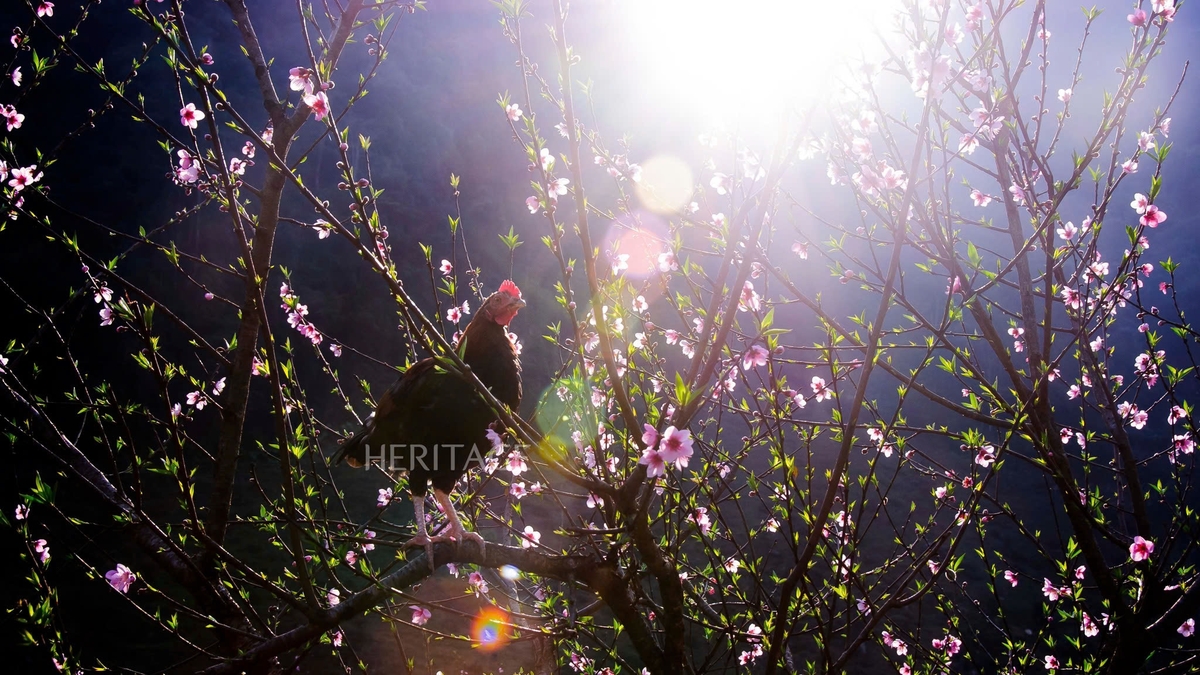
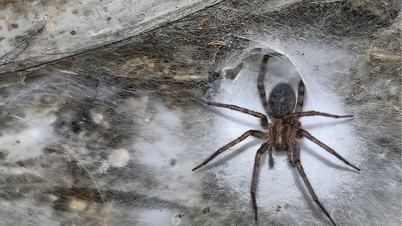

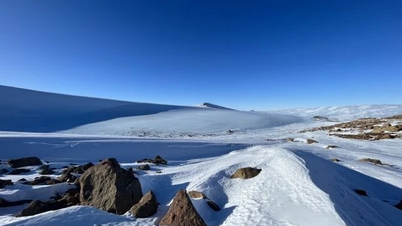


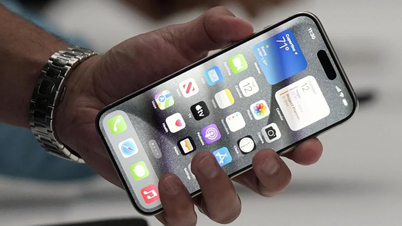








































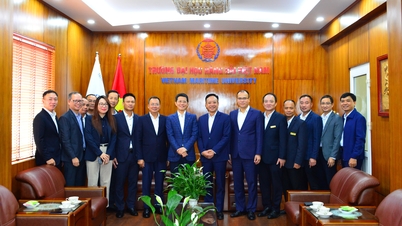
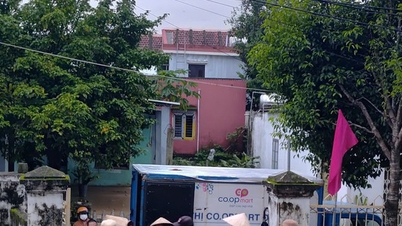










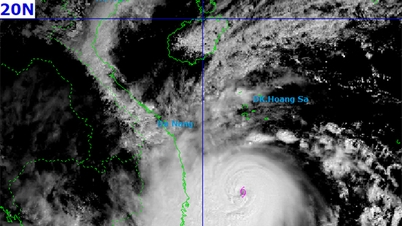




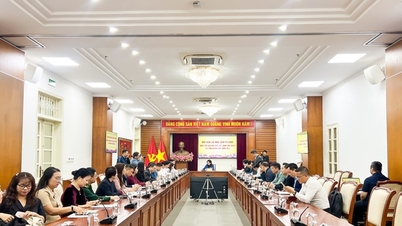






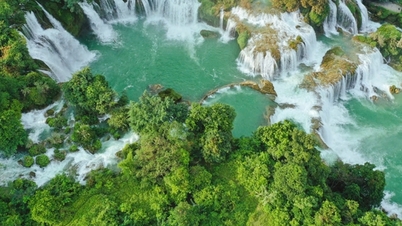


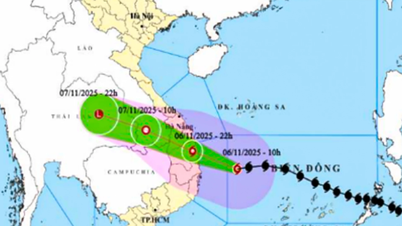

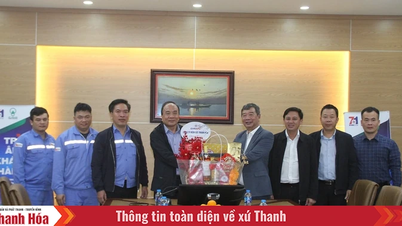

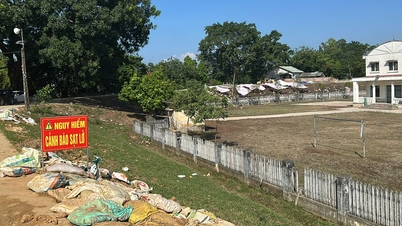





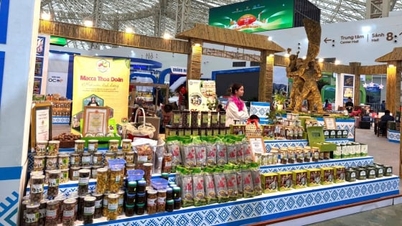











Comment (0)